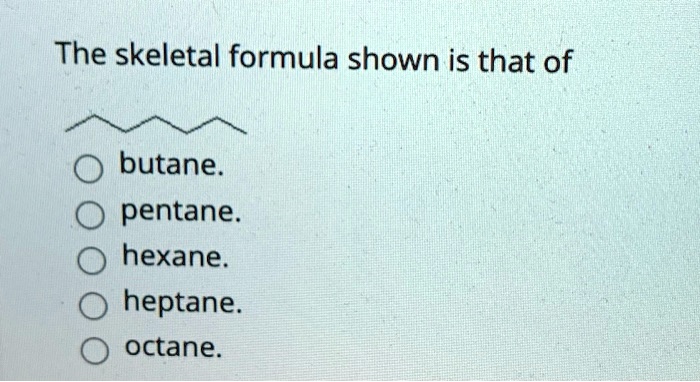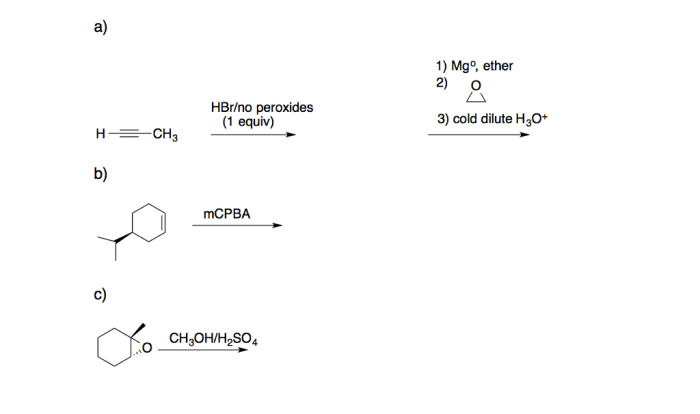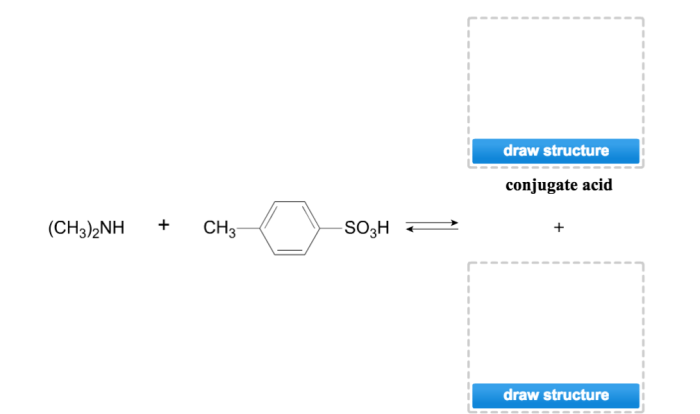Place these hydrocarbons in order of decreasing boiling point. This guide delves into the fascinating realm of hydrocarbons, exploring their molecular structure, properties, and the factors that influence their boiling points. Prepare to embark on a journey that unravels the secrets of these organic compounds and their significance in various scientific and industrial applications.
Boiling point, a crucial physical property, plays a pivotal role in understanding the behavior and applications of hydrocarbons. This guide will provide a comprehensive overview of the relationship between molecular structure and boiling point, empowering you with the knowledge to accurately predict and manipulate the boiling points of these compounds.
Hydrocarbons: An Overview

Hydrocarbons are organic compounds composed solely of carbon and hydrogen atoms. They form the basis of many fuels, plastics, and other important materials.
The molecular structure of hydrocarbons is characterized by a carbon backbone with hydrogen atoms attached. The type of hydrocarbon is determined by the number and arrangement of carbon-carbon bonds.
Types of Hydrocarbons
- Alkanes: Saturated hydrocarbons with only single carbon-carbon bonds (e.g., methane, ethane, propane)
- Alkenes: Unsaturated hydrocarbons with at least one carbon-carbon double bond (e.g., ethylene, propene, butene)
- Alkynes: Unsaturated hydrocarbons with at least one carbon-carbon triple bond (e.g., acetylene, propyne, butyne)
- Aromatic hydrocarbons: Hydrocarbons with a benzene ring structure (e.g., benzene, toluene, xylene)
Boiling Point of Hydrocarbons: Place These Hydrocarbons In Order Of Decreasing Boiling Point.

The boiling point of a hydrocarbon is the temperature at which it changes from a liquid to a gas. It is affected by several factors, including:
- Molecular weight: Higher molecular weight hydrocarbons have higher boiling points.
- Branching: Branched hydrocarbons have lower boiling points than unbranched hydrocarbons with the same molecular weight.
- Polarity: Polar hydrocarbons have higher boiling points than nonpolar hydrocarbons.
Ordering Hydrocarbons by Boiling Point, Place these hydrocarbons in order of decreasing boiling point.
| Hydrocarbon | Boiling Point (°C) |
|---|---|
| Methane | |
| Ethane | |
| Propane | |
| Butane | |
| Pentane | |
| Hexane | |
| Heptane | |
| Octane | |
| Nonane | |
| Decane |
As the number of carbon atoms in a hydrocarbon increases, the boiling point also increases.
This is because the stronger intermolecular forces in larger hydrocarbons require more energy to overcome.
Applications of Boiling Point Data

The boiling point of hydrocarbons is used in various industrial and scientific applications, including:
- Separation of hydrocarbons: Hydrocarbons can be separated based on their boiling points using techniques such as distillation and fractional crystallization.
- Identification of hydrocarbons: The boiling point is a characteristic property that can be used to identify hydrocarbons.
- Design of fuels: The boiling point of a fuel affects its performance in an engine.
FAQ
What is the relationship between molecular structure and boiling point?
Boiling point is directly related to molecular weight, branching, and polarity. Heavier molecules, branched structures, and polar molecules generally have higher boiling points.
How can I use boiling point data to identify hydrocarbons?
Boiling point data can be used in conjunction with other physical properties, such as density and refractive index, to identify unknown hydrocarbons.
What are some industrial applications of boiling point data?
Boiling point data is used in the separation and purification of hydrocarbons, as well as in the design of distillation columns and other chemical processes.


